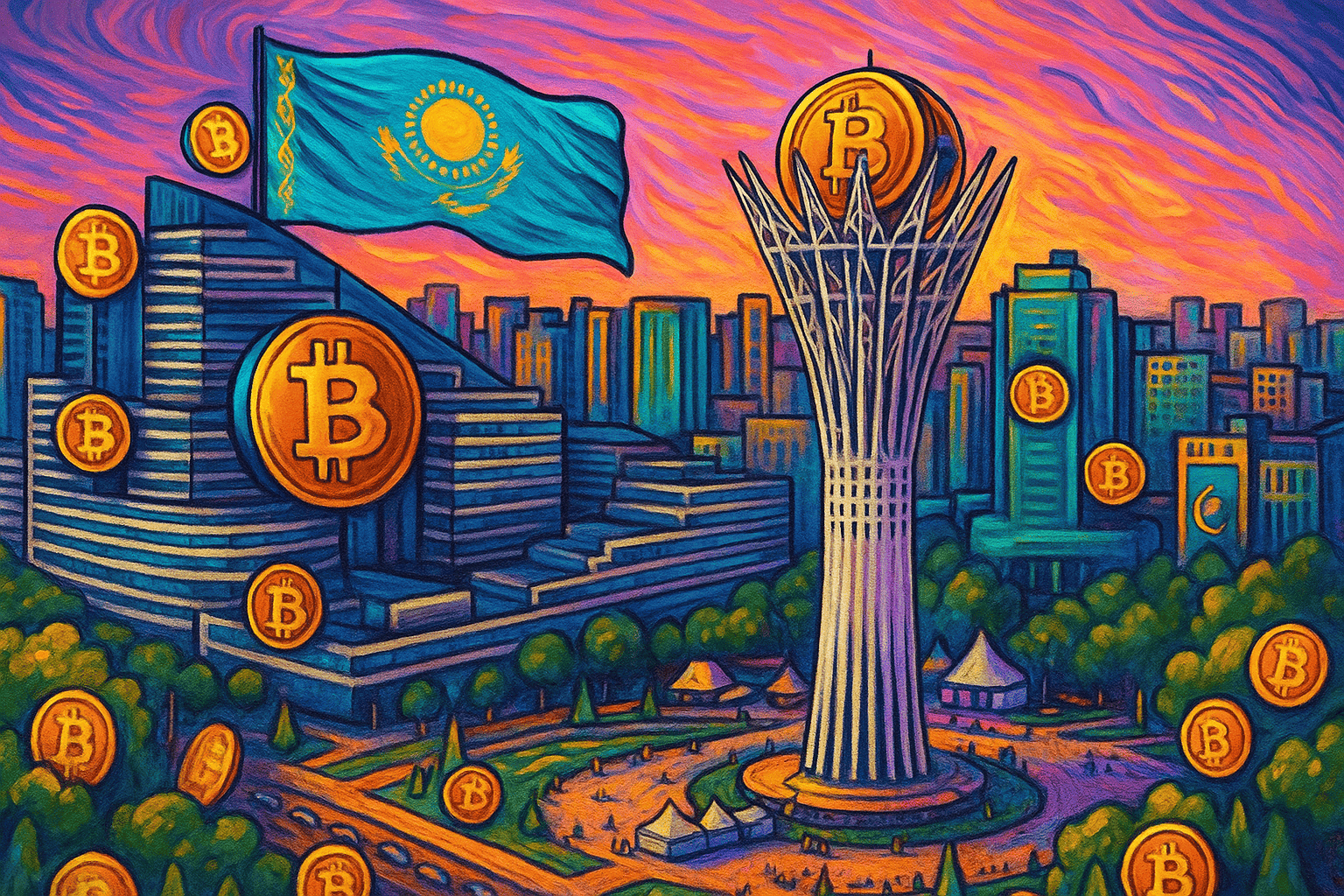Popular cryptos
Maker
Download app Ironwallet and get tool for making transaction without network fee
About Maker
Maker is a decentralized finance (DeFi) protocol built on the Ethereum blockchain that allows users to issue and manage the DAI stablecoin. The Maker protocol and DAI stablecoin are the foundational pieces of infrastructure supporting the broader DeFi ecosystem.
History of Maker
The history of Maker can be traced back to 2015 when a group of developers identified a gap in the emerging field of decentralized finance, or DeFi. They noticed a lack of stable digital currencies resistant to the extreme volatility of cryptocurrencies like Bitcoin and Ethereum. The solution they devised was Maker, a fundamentally unique smart contract platform on the Ethereum blockchain. Maker’s primary objective was to stabilize the value of a specific cryptocurrency, the DAI, tied to the value of the U.S. dollar. The concept was not only ambitious but revolutionary. It introduced an entirely new era of stability and predictability. The deployment of MakerDAO, the decentralized autonomous organization behind the project, marked the beginning of a journey towards more mature financial services in the crypto ecosystem. The foundation of Maker showcases a dynamic fusion of blockchain technology with elements of traditional finance, pushing the limits of DeFi frontiers ever since.
MakerDAO and DAI Stablecoin
The MakerDAO platform and its associated DAI stablecoin represent a significant innovation in the field of decentralized finance (DeFi). The MakerDAO protocol leverages blockchain technology to maintain the value of DAI close to one U.S. dollar. This unique approach to stablecoin provides a reliable asset in the frequently volatile world of cryptocurrency markets. Automatic mechanisms, smart contracts, and user-input decisions drive the intricate process behind MakerDAO’s functionalities, resulting in a new form of stability based on a decentralized network rather than a centralized authority. Additionally, DAI offers a unique angle, as it is not backed solely by U.S. dollars held in reserves, but by a diverse set of collateral assets. This method demonstrates a distinct advantage in reducing the risk related to the concentration of assets. As such, MakerDAO and DAI stablecoin serve as a fascinating example of the potential and versatility of blockchain technology, offering innovative solutions for stability and security in digital assets.
How Maker Works
Maker operates in a unique and exciting way. It utilizes Ethereum blockchain technology to develop and manage the DAI stablecoin. This process begins when user deposits collateral assets on the Maker platform to generate a loan in DAI. The amount of DAI a user can borrow is determined by the Collateralized Debt Position (CDP), which is relative to the collateral’s value.
An interesting aspect is that instead of directly lending money to one another, users interact with the Maker’s smart contracts on the blockchain. The collateral remains locked in the smart contracts until the DAI loan is repaid.
Another remarkable feature is the ‘Stability Fee,’ a continuous interest rate applicable on all DAI loans. This fee helps keep the value of DAI stable and represents a crucial component of the Maker system.
Moreover, Maker uses Oracles, which provide real-time data on market prices. This ensures the proper amount of collateral is always present, preventing undercollateralization. If the value falls below a threshold, the system liquidates the collateral automatically, ensuring security.
In summary, Maker shines because of its autonomous and transparent structure, driven by intelligent mechanisms that uphold stability.
MKR Token and Governance
MKR token plays a highly crucial role in the Maker system. It symbolizes the responsibility of governance in the Maker protocol. Any decisions regarding changes in the system require voting, where one MKR equals one vote. Therefore, any party owning MKR tokens has a corresponding decision-making influence. In addition, MKR tokens also play a crucial part in maintaining the stability of DAI. In the scenario where certain collateral types underperform to a degree where they can’t cover the value of their respective DAI, MKR tokens come into play. They are automatically created and sold on the open market to cover this difference, thereby ensuring the survival of the system.
This automatic dilution of the MKR supply serves as a strong motivator for MKR holders to govern responsibly and avoid risky conduct. Hence, MKR is much more than just a token; it represents stake, voice, and insurance in the Maker platform. In essence, the fate of the Maker protocol rests, in large part, with the decisions of MKR token holders. It drives conversation around effective governance in the realm of decentralized finance (DeFi) and blockchain technology.
Benefits and Drawbacks of Maker
When considering Maker, the benefits and drawbacks must be examined in equal measure. On the one hand, the Maker ecosystem represents an innovative approach to stabilization in the notoriously volatile cryptocurrency space. Distinct from most traditional crypto assets, its DAI stablecoin offers users the ability to transact in a cryptocurrency that maintains a relatively stable value, unlocking new opportunities for use in everyday transactions. Furthermore, the MKR token introduces a unique, decentralized system of governance that functions to balance the ecosystem and is geared towards long-term stability and sustainability.
However, the complexity of the system cannot be overlooked. Due to its intricate design and the critical aspects of governance carried by the MKR token, users require a higher level of understanding and involvement. As with many blockchain-backed ventures, the system’s resilience and security depend largely on the technology and continuous vigilance against potential threats. Finally, the reliance on over-collateralization to maintain stability might be unsustainable in the long run, accentuating the need for careful management and continuous innovation. As with all financial opportunities, understanding the inherent risks and rewards is paramount in decision-making.
Risks and Rewards of Investing in MKR Cryptocurrency
Investing in cryptocurrencies like Maker (MKR) inherently involves distinctive risks and rewards. The volatility of digital currencies brings along with it the potential for significant profits, as well as steep losses. MKR, as a governance token, showcases a unique aspect since token holders have the capability to influence the functioning of the Maker protocol, implicating a degree of control and responsibility. As with any investment, thorough understanding and careful calculation of risks should be a precursor to any decision.
MKR’s stability mechanism, burned when the protocol’s stability fee is paid, is another factor adding to the prospective gain. However, the potential downside could be tied directly to the success of the MakerDAO and DAI system. If the protocol fails to maintain stability of DAI, or if users lose trust in the system, MKR could potentially lose its value. Moreover, legislative uncertainties around cryptocurrencies also add a layer of risk to such investments. Thus, while the benefits could be rewarding, the potential downfalls emphasize the need for careful consideration.
Conclusion
In conclusion, Maker presents a notable innovation within the blockchain industry. It orchestrates an essential role in stabilizing cryptocurrency through the workings of MakerDAO and its DAI Stablecoin. While the MKR Token and its governance aspect offer a decentralized system of operation, it also presents several risks and rewards to contemplate. Despite its revolutionary approach, it nonetheless presents potential drawbacks that could be a deterrent for some. These includes instability, complexity and dependence on technology.
However, the advantages such as stability in a volatile market, transparency, and inclusivity should not be overlooked. Overall, Maker has successfully illustrated the bridge between traditional finance and digitized currency and continues to pave the path for advancements in the realm of Decentralized Finance (DeFi). As it stands, investing in Maker is not without its risks. But, as with any technological frontier, the rewards could be colossal for those who are willing to take the leap. The essence here is understanding the dynamics of Maker and aligning it with an investor’s risk profile.




















